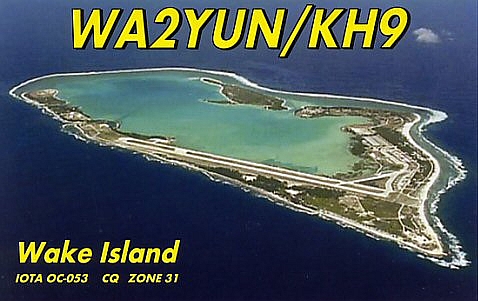Looking at the 6m spots on
WSPRnet.com I note the many trans-equatorial spots of
VK4TVL by
JF1PSS (6176km) with some being of incredible strength (+11dB S/N ) and no drift at all. The VK is running 20W, but even 2W would be enough. Local time looks like early evening.
Over here, I can see no South African or other African WSPR stations active making 6m TEP attempts here a waste of time.
 |
| Later unique 10m WSPR spots of my 2W until 1744z. |
No great DX here this morning on 10m with
EA8/DL9XJ best DX at 2981km (single hop F layer). There are also a couple of GDX stations at 162 and 184km.
The first transatlantic spot was at 1108z when
W4HFZ was copyable at 6819km. He was using 5W. There are other 4 area stations being copied too. The pattern this afternoon is similar to previous days on 10m.
My best DX today is
FR1GZ (9724km) at 1550z. Just now I was spotted by
VE6ODQ (6640km) in DO34ir (Athabasca).







